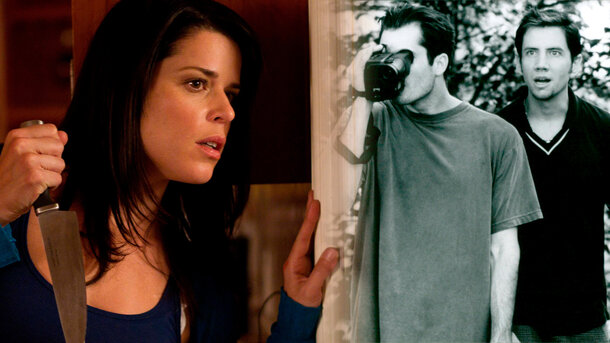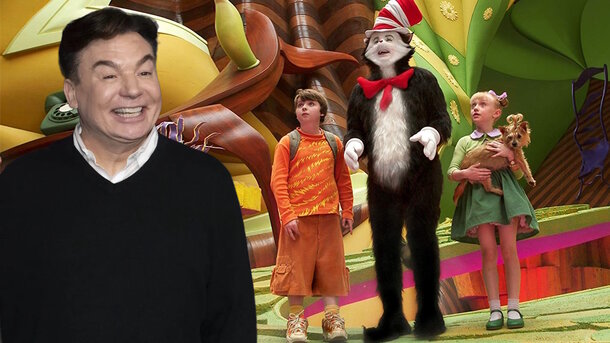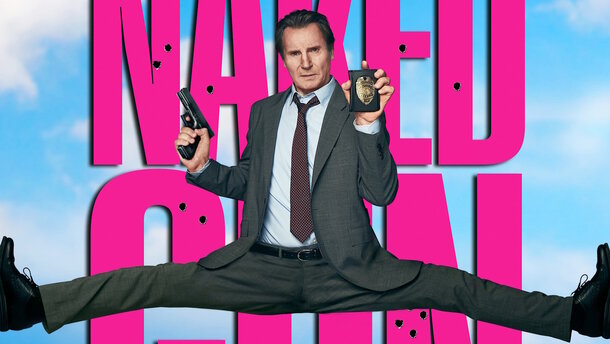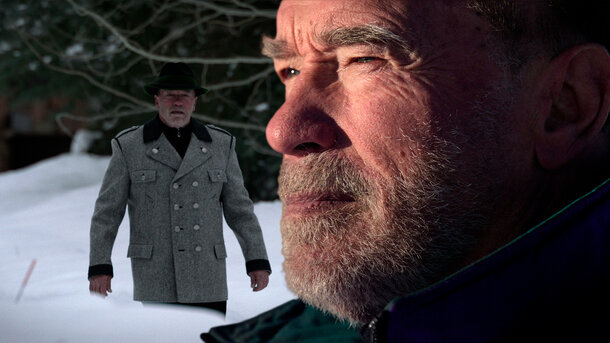The 266th Pope, Francis, passed away on Easter Sunday at the age of 88 — a day that symbolises resurrection and new beginnings in the Christian faith. His death, falling on such a spiritually charged moment, carries a deep, almost cinematic symbolism. For the Catholic world, it marks not only the end of an era, but the unmistakable beginning of a new chapter.
But beyond the timing lies a rich visual and symbolic language — one that cinema has long drawn upon to depict the Vatican as more than a place of worship. Films turn to concrete symbols of power, ritual, and divine mystery to frame stories of transformation, tension, and the eternal struggle between sacred order and human chaos.
Rings, Keys, and Ceremonial Power
When a pope dies, the Ring of the Fisherman — a symbol of apostolic authority — is ceremonially destroyed. This gesture, deeply rooted in tradition, has made its way onto screen in The Two Popes (2019), where it becomes a metaphor for the passing of power and the impermanence of human leadership. Similarly, the Keys of Saint Peter, often depicted in Vatican heraldry, appear as powerful symbols of gatekeeping — both spiritual and institutional.
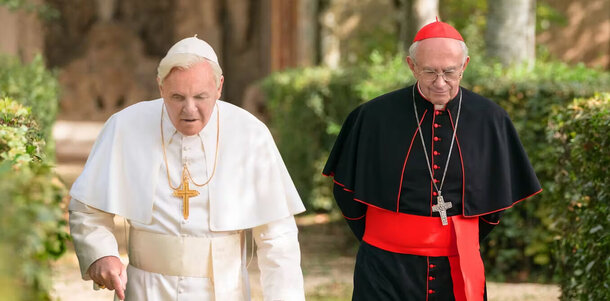
Swiss Guards and the Armor of Tradition
The brightly dressed Swiss Guard are more than just ceremonial. In films like Angels & Demons (2009), they symbolize the Vatican’s paradox: ancient tradition guarding modern secrets. Their presence on screen immediately signals control, protection, and the endurance of centuries-old authority.
The Sistine Ceiling and Divine Drama
Perhaps no single image captures the Vatican’s visual power like Michelangelo’s ceiling in the Sistine Chapel. It’s used in countless films to set the spiritual tone — not just in religious dramas, but thrillers and conspiracies too. In Angels & Demons, it hovers over moments of crisis, reminding viewers of the Church’s claim to divine knowledge and moral burden.
Smoke, Incense, and Shadows
From Constantine (2005) to The Rite (2011), the use of incense, candlelight, and shadowed cathedrals becomes cinematic shorthand for mystery, exorcism, and spiritual warfare. These visuals echo ancient rites and bring an almost gothic texture to scenes of divine confrontation.

Death, Rebirth — and the Quiet Symbols of Hope
Easter Sunday, the day of Pope Francis’s passing, is the Church’s most powerful symbol of resurrection. In Risen (2016), the empty tomb and folded linen cloth are not just religious signs — they are cinematic images of hope and unanswered questions. Likewise, in Angels & Demons, the death of a pope is shown through slow, symbolic visuals: extinguished candles, silent halls, and the echo of bells.
Final Thoughts
By shifting our focus from just themes to symbols, we begin to see how deeply the visual language of the Vatican has shaped the way we tell stories about faith, fear, power, and transcendence. The passing of Pope Francis on Easter Sunday becomes not only a historical moment, but a living icon — one that film, with all its tools of light and shadow, has been preparing us to understand.

And perhaps that’s the greatest symbol of all: the way art, like religion, helps us make sense of what comes after the end.





